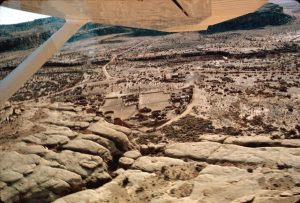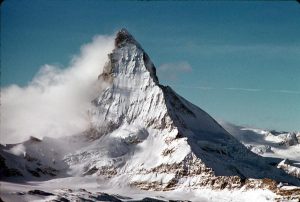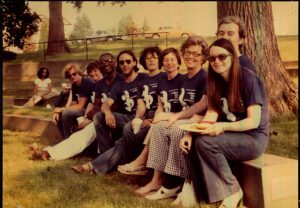AU Archives reached a milestone earlier this year when we finished cataloging the images in the Herbert E. Striner Collection. The over 9,000 negatives, prints, and slides display his interest in people and architecture. Striner’s passion for photography began at the end of World War II, when he received his first camera while waiting to return home from the China-Burma-India Theater. Striner regularly photographed his family and friends and his favorite places in the Washington, DC area including the National Cathedral and Glen Echo Park. Striner took his camera with him on his personal and professional travels depicting the people he met and the places he visited in Asia, the Caribbean and Europe. His camera captured buildings, flora and fauna, and people. He was fascinated by light and took multiple pictures of everything from mushrooms to Navajo elders Featured subjects include Islamic and Jewish sites in Washington, DC including the Embassy of Israel and the Islamic Center. Of note are images of the Chinese table-tennis delegation visit to the United States in April 1972. Striner traveled with the delegation in New York City and in and around Washington, DC. He captured both matches as well as the delegations visits to public schools and performances.



